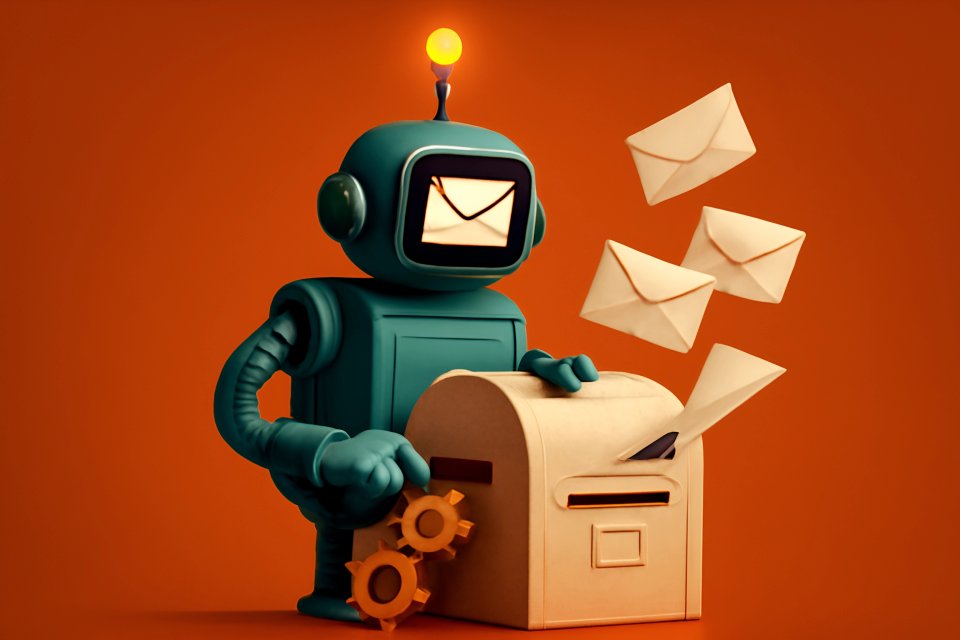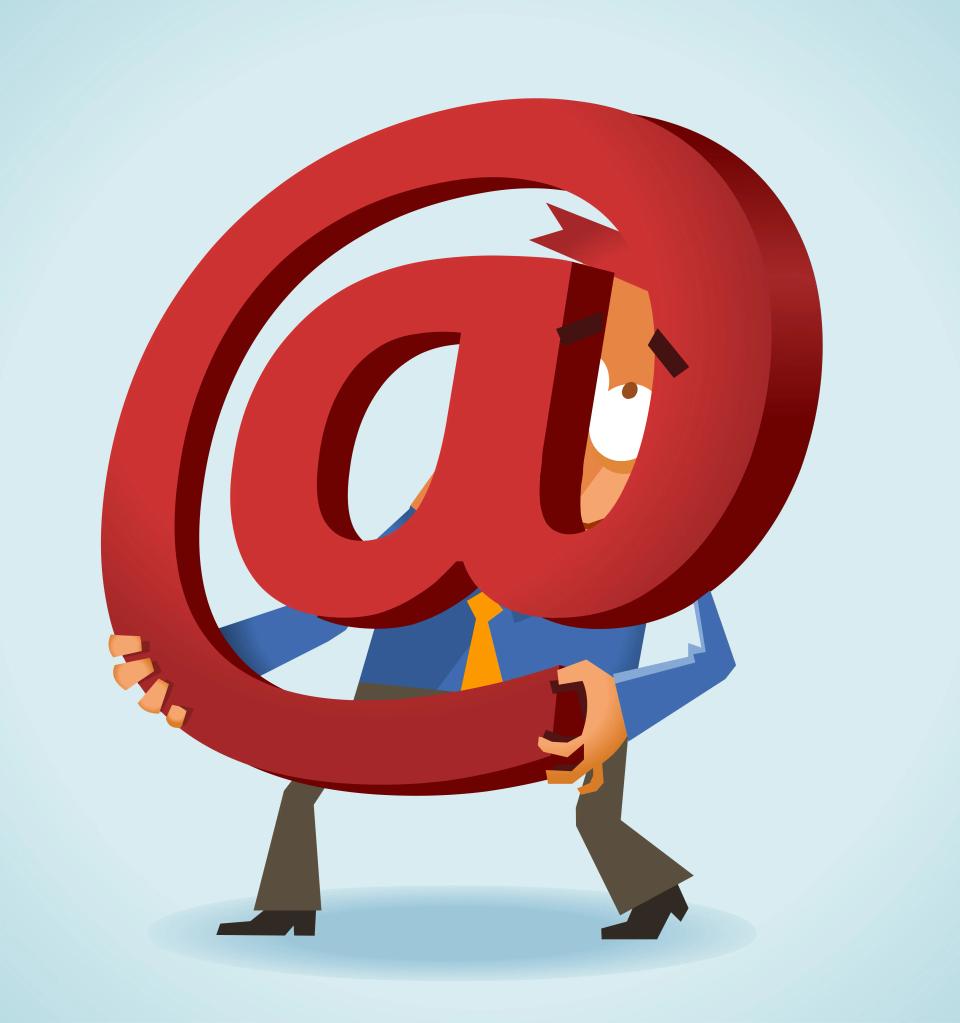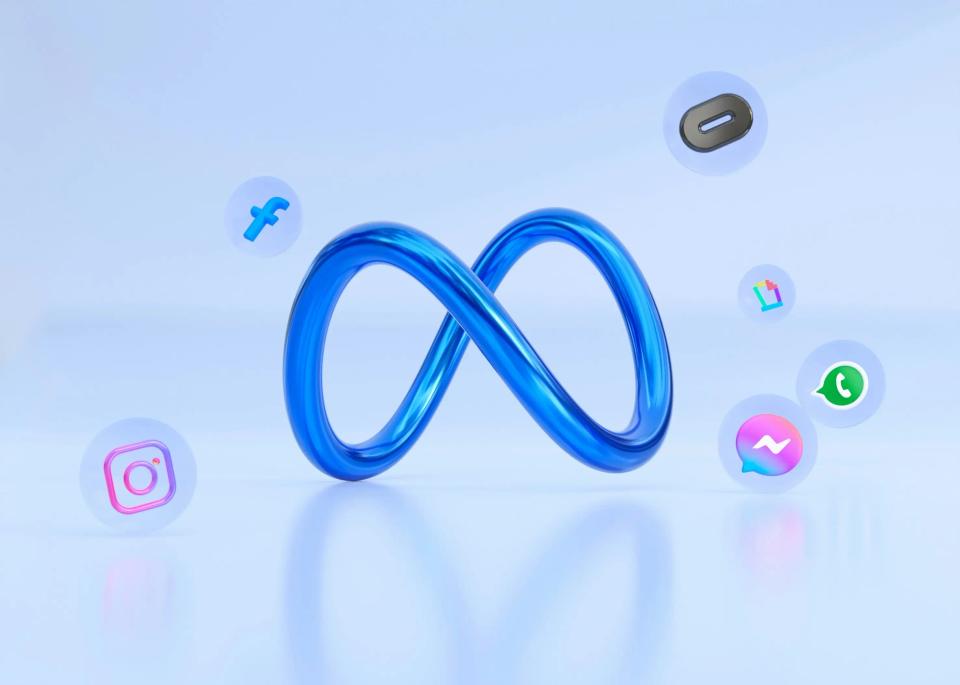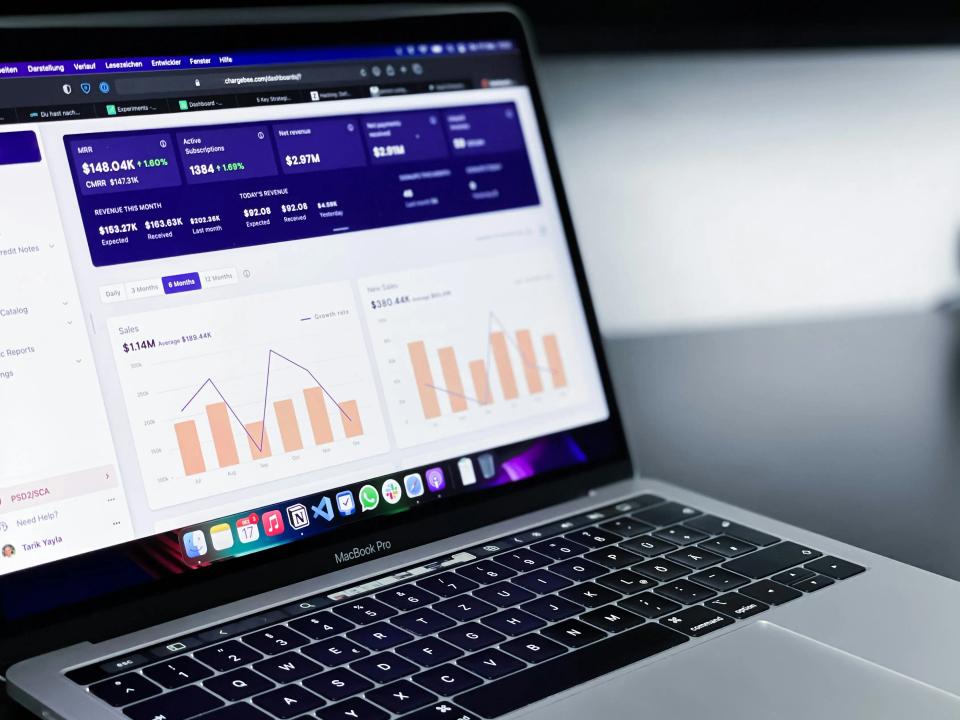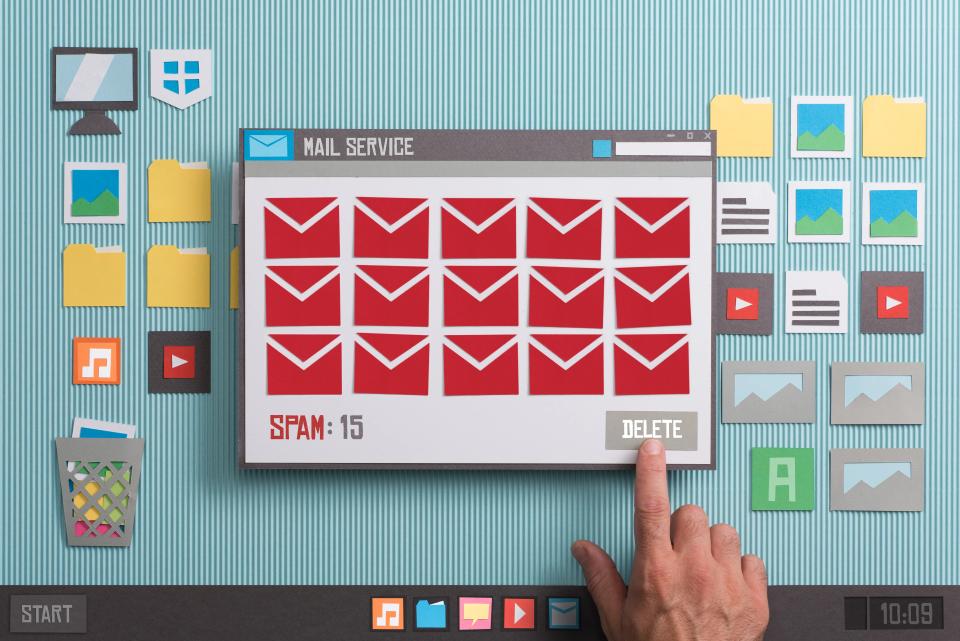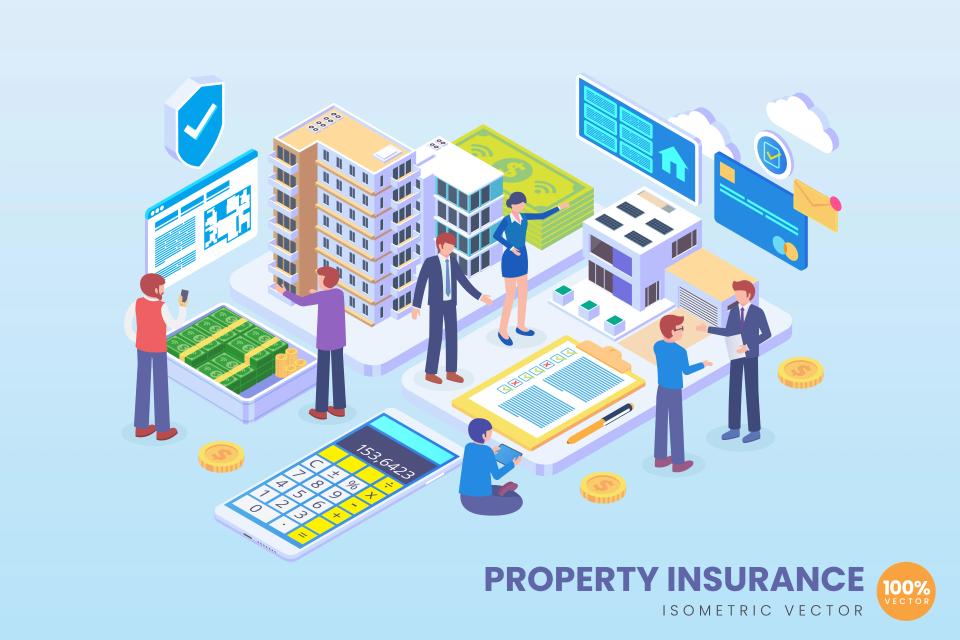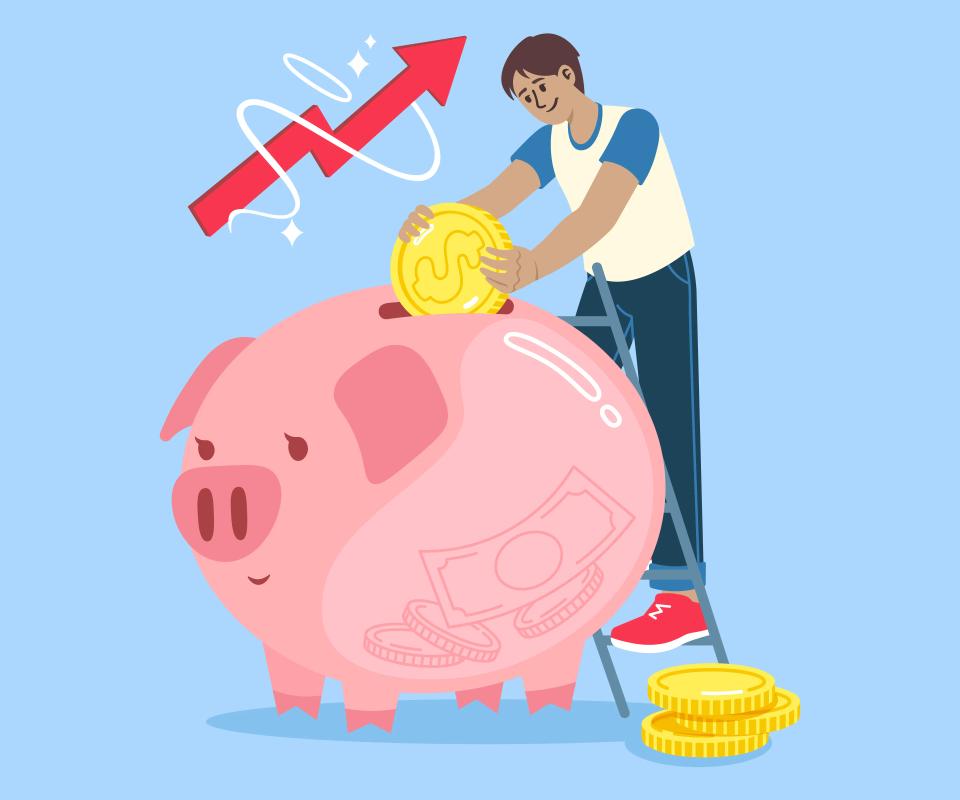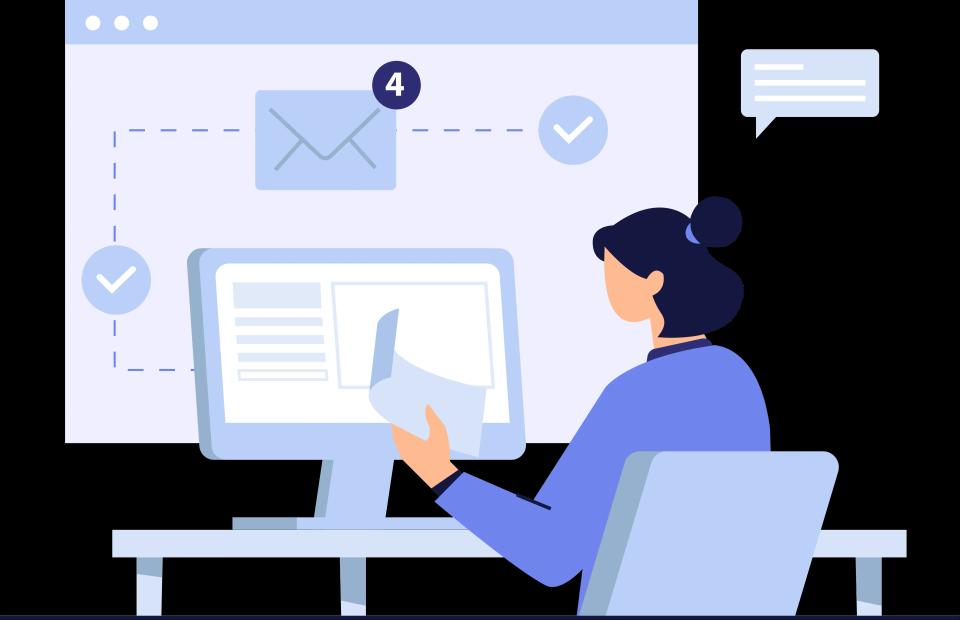Tired of the ride? You know the one. The lead generation rollercoaster.
One week, your calendar is packed, your pipeline is overflowing, and you feel invincible. The next, it’s radio silence. The frantic scramble begins again, chasing down any prospect who will listen, just to keep the lights on. This feast-or-famine cycle isn’t just stressful; it’s a business killer.
But what if you could get off the ride for good? What if you could build a machine that works for you, day and night, filling your pipeline with a steady, predictable stream of qualified leads? That machine is an automated email outreach workflow, and it’s the strategic engine that separates thriving businesses from those that are merely surviving. This isn't just another guide; this is your complete blueprint for designing, building, and optimizing a powerful automated system that delivers consistent lead generation.
The "Why": The Strategic Advantage of Email Automation
Let’s be brutally honest. Why are you still doing this manually? The real power of automation isn’t just about sending emails; it’s about buying back your most valuable asset: time. It’s about transforming your outreach from a frantic, manual chore into a strategic, data-driven asset that works tirelessly for you.
Imagine reclaiming hours every single week—hours you could spend building relationships, closing deals, and actually growing your business. That’s the promise of unmatched efficiency. Furthermore, a staggering 80% of sales require at least five follow-ups, yet most people give up after just one or two. Automation ensures persistent, polite follow-up, guaranteeing no lead ever falls through the cracks simply because you got busy.
Many people fear that automation feels robotic and impersonal, but that’s an outdated myth. Modern email automation strategies are built for personalization at scale, allowing you to connect with prospects on a human level. In fact, according to Finalsite, personalized subject lines can increase open rates by as much as 50%. This system also provides a crystal-clear view of what’s working and what isn’t, empowering you to make sharp, data-driven decisions instead of guessing your way to growth.
The Blueprint: Your 6-Step Guide to Building a High-Performance Workflow
Ready to build your machine? This isn’t about complicated theory; it’s about a clear, step-by-step process. Follow this blueprint, and you’ll construct a high-performance workflow that becomes the core of your growth strategy.
Step 1: Define Your Foundation – ICP and Campaign Goals
Before you write a single word or choose a single tool, you must have absolute clarity. The most powerful automation in the world will fail if it’s aimed at the wrong target with a fuzzy goal. This foundational work is the difference between a campaign that generates revenue and one that just generates noise.
First, you must define your Ideal Customer Profile (ICP) with ruthless precision. Go beyond basic demographics. What industry are they in? What is their specific role? What are the deep-seated pain points that keep them awake at night? A successful campaign is built on a crystal-clear brand strategy that speaks directly to a well-defined audience.
Next, what does a “win” actually look like for this campaign? Is it a booked discovery call? A demo request? A simple positive reply expressing interest? You must define one primary conversion goal. Without a finish line, you’re just running in circles, and your workflow will lack the focus it needs to drive real results.
Step 2: Build Your Fuel – A High-Quality Prospect List
Your prospect list is the fuel for your entire lead generation engine. If you pour dirty, low-quality fuel into a high-performance engine, it will sputter and die. The same is true for your email workflow; a bad list will kill your campaign before it even starts.
Focus on quality over sheer quantity. You can build your list using powerful tools like LinkedIn Sales Navigator, sifting through industry databases, or even with targeted manual research for high-value accounts. The method matters less than the relevance of the contacts you gather. Are these the exact people who fit the ICP you just defined?
Once you have a list, you must clean it. Data verification is not an optional step. Using a service to verify email addresses removes invalid contacts, reduces your bounce rate, and protects your sender reputation. A bounce rate over 2% can signal to email providers that you're a spammer, severely damaging your deliverability and ensuring your carefully crafted messages never even reach the inbox. Taking the time for optimizing cold email lists for higher quality is a critical investment in your campaign's success.
Step 3: Choose Your Tech Stack – The Right Automation Tools
With your strategy set and your fuel ready, it’s time to choose your vehicle. The right email outreach platform will make this entire process seamless, while the wrong one will create constant headaches. Thankfully, there are incredible tools available today designed specifically for this purpose.
Platforms like Lemlist, Instantly.ai, and Woodpecker are popular for a reason. When evaluating your options, look for key features that enable high performance. You need robust personalization tags (often called snippets or merge fields), built-in A/B testing capabilities, detailed analytics, and the ability to integrate with your CRM. These features are non-negotiable for building a workflow that learns and improves over time.
The role of AI automation is also becoming increasingly important. Many of these platforms now leverage AI to help you build better lists, suggest compelling copy, and even optimize send times for individual prospects. By selecting the right technology, you are building the core of your lead generation engine on a solid, scalable foundation.
Step 4: Design Your Sequence – The Art of the Follow-Up
This is where your strategy comes to life. A sequence, or workflow, is a pre-planned series of emails sent automatically over a set period. A well-designed sequence feels like a persistent, helpful, and human follow-up, not a robotic barrage. According to email sequencing best practices from Outreach.io, the key is a multi-touch approach that adds value over time.
Here is a simple yet powerful structure for your workflow email marketing:
- Email 1 (Day 1): The Personalized Opener. This email is short, direct, and 100% focused on them. Reference a specific pain point or a recent company event. End with a simple, low-friction question to make replying easy.
- Email 2 (Day 3): The Value-Add. Don’t ask for anything. Instead, offer something genuinely useful—a link to an insightful blog post, a relevant case study, or a helpful tool. This builds trust and positions you as an expert.
- Email 3 (Day 7): The Gentle Nudge & Social Proof. This is a brief check-in. Reference your previous email and perhaps include a one-line testimonial or a logo of a well-known client to build credibility.
- Email 4 (Day 12): The Breakup. This is a final, polite email to close the loop. It often gets a surprising number of replies from prospects who were interested but busy. This approach to
lead nurturing automationensures you maximize every opportunity without being annoying.
Step 5: Craft Your Message – Compelling Copy That Converts
Your automation workflow gets the email to the inbox, but it’s your copy that gets the reply. This is where you must tap into core human emotions and motivations. Your message must be clear, compelling, and completely focused on the prospect’s world.
Start with the subject line. Forget clever, clickbait phrases. Aim for clarity and relevance. A subject line like Question about [Their Company]'s sales process is far more effective than a generic marketing message. The opening line is even more critical; it must immediately prove that this is not a mass email. Use your research to make it hyper-personal.
In the body of the email, state the value you provide in terms of a benefit that solves their problem. Don’t list features. Instead of saying "Our software has AI-powered analytics," say "Our software shows you exactly which deals are about to slip away." Finally, your Call-to-Action (CTA) must be simple and specific. A question like, "Is solving [problem] a priority for you right now?" is much easier to answer than "Would you like to schedule a 30-minute demo?" Mastering the art of personalizing cold email outreach is essential, and if you need help, our expert email outreach services can craft messages that demand a response.
Step 6: Launch and Engage – From Automation to Conversation
With all the pieces in place, it’s time to launch. This involves a few technical steps, like properly warming up your email account to build a good sender reputation and setting reasonable daily sending limits to avoid being flagged as spam. These are crucial details that ensure your campaign runs smoothly.
But the most important thing to remember is this: the goal of automation is to start conversations, not to have them for you. As soon as a prospect replies, the automation for that person must stop. It’s your cue to jump in, engage personally, and build a real human connection.
Your workflow is the world’s best icebreaker. It works 24/7 to find interested people and bring them to your door. Your job is to be ready to welcome them in and continue the conversation one-on-one.
Measure and Optimize: Turning Good Workflows into Great Ones
Launching your workflow is not the end of the process; it’s the beginning. The true power of this system lies in your ability to use data to continuously improve its performance. You must track, test, and optimize relentlessly.
Focus on the metrics that truly matter. Don’t get lost in vanity numbers. Here are the key performance indicators you need to watch:
- Open Rate: This tells you how effective your subject line and opening snippet are.
- Reply Rate: This is the ultimate measure of engagement. Are people compelled enough by your message to respond?
- Positive Reply Rate: This filters out the "no, thank you" replies and shows you how many actual leads you're generating.
- Conversion Rate: Of those positive replies, how many are taking the next step and meeting your campaign goal?
The secret to improving these numbers is systematic A/B testing. You can test anything: your subject line, your call-to-action, the value proposition in your email body, or even the number of days between follow-ups. By testing one variable at a time, you can identify exactly what resonates with your audience and double down on what works. This commitment to A/B testing and performance tracking is how you turn a good workflow into a great one.
Conclusion: Build Your Predictable Lead Generation Engine
The lead generation rollercoaster is exhausting and unsustainable. It’s time to trade the chaos of manual prospecting for the calm confidence of a predictable system. By following this 6-step blueprint, you can build a powerful automated email outreach workflow for lead generation that works for you around the clock.
You now have the framework to define your strategy, build a high-quality list, choose the right tools, design a compelling sequence, craft messages that convert, and optimize based on real data. This strategic approach is your ticket off the ride. It’s how you build a scalable growth engine that delivers a consistent flow of qualified leads, month after month.
Building a high-performance automated workflow requires the right blend of strategy, technology, and compelling creative. If you're ready to turn your email outreach into your most reliable source of qualified leads, the experts at CaptivateClick can build it for you.

